In the industrial heart of western Russia, Lipetsk is better known for its steel mills than for its radio traffic. Yet, every evening at 21:00 local time, a clear voice cuts through the ether on 145.450 MHz, linking operators across the oblast. This is the daily “round table” of the Lipetsk branch of the Union of Radio Amateurs of Russia (СРР) — a routine as dependable as the blast furnaces down the road.
Leadership Anchored in Experience
At the helm stands Igor Borisovich Mazaev (UA3GGO), whose call sign is as familiar to local hams as the city skyline. As both head of the branch and manager of the QSL bureau, Mazaev embodies the dual role of organiser and operator. He is flanked by:
-
Yuri Dmitrievich Manukovsky (R5GM) – deputy chairman.
-
Igor Vasilyevich Nasonov (UG3G) – responsible secretary and a member of the Qualification Commission.
Oversight falls to Valery Viktorovich Sheptukhin (R5GF), ensuring the club’s governance stays as precise as its transmissions.
Training and Qualification
The Qualification and Disciplinary Commission, chaired by Alexander Nikolaevich Popov (UA3GHL), meets on the second Thursday of each month at the Lipetsk branch of DOSAAF Russia. These gatherings double as opportunities for examination, licensing, and informal mentorship — reinforcing the link between the next generation of operators and the city’s long-established radio culture.
Infrastructure in the Ether
Lipetsk’s main VHF lifeline is the RR3GC repeater on 145.725 MHz, whose coverage blankets the oblast. It is maintained with the quiet diligence typical of Russian amateur infrastructure: reliable, modest, and largely invisible to the uninitiated.
Where Steel Meets Static
From a fourth-floor office on Gorky Street, in the same building as DOSAAF’s training facilities, the Lipetsk radio club maintains its physical hub — a place where mail (and QSL cards) is still hand-delivered, and where Morse code can occasionally be heard through open doors.
In a city where industry dominates the skyline, the amateur radio community serves as a smaller but no less vital network — one built not on molten metal, but on the enduring strength of human connection over the airwaves.

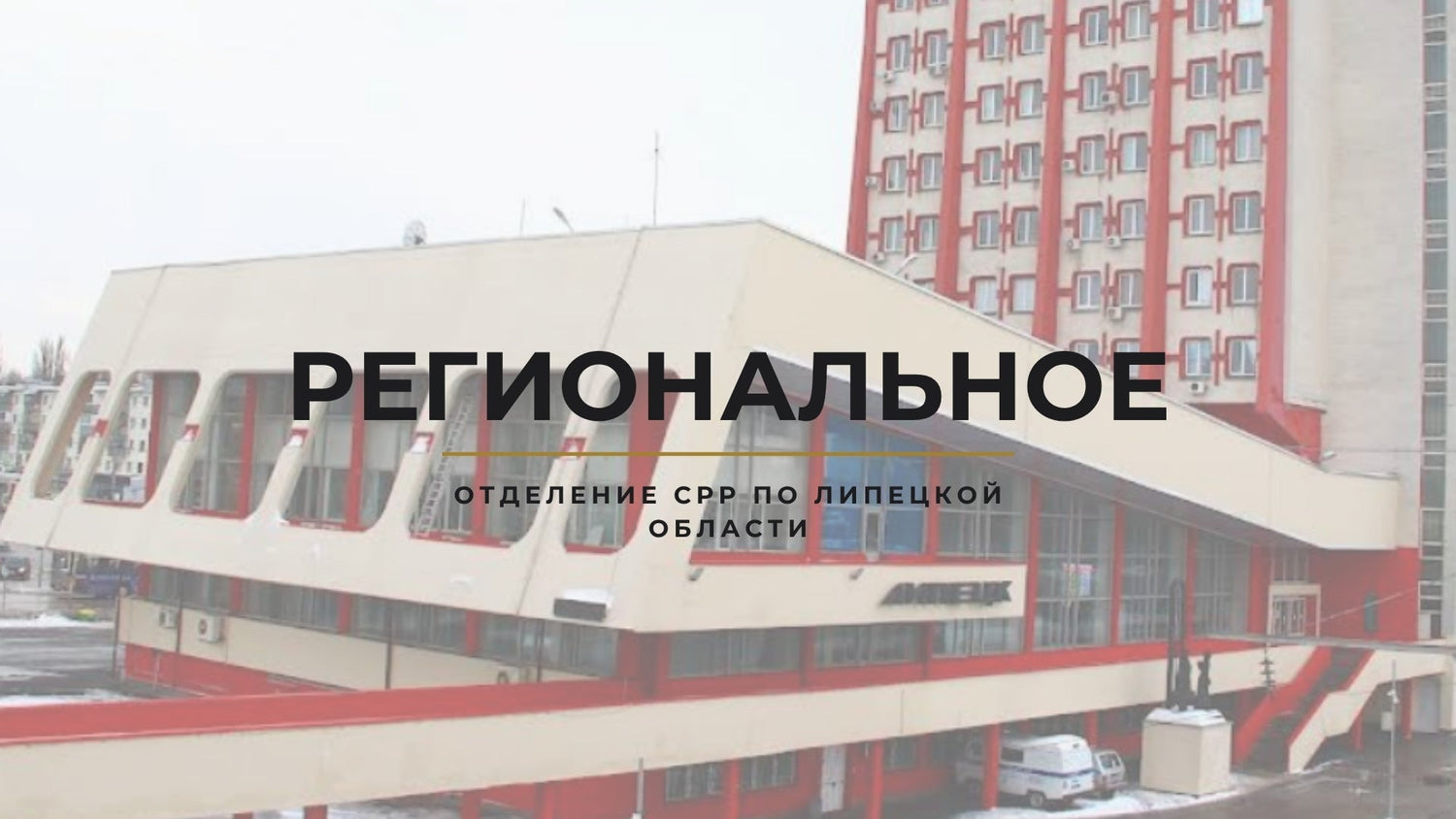
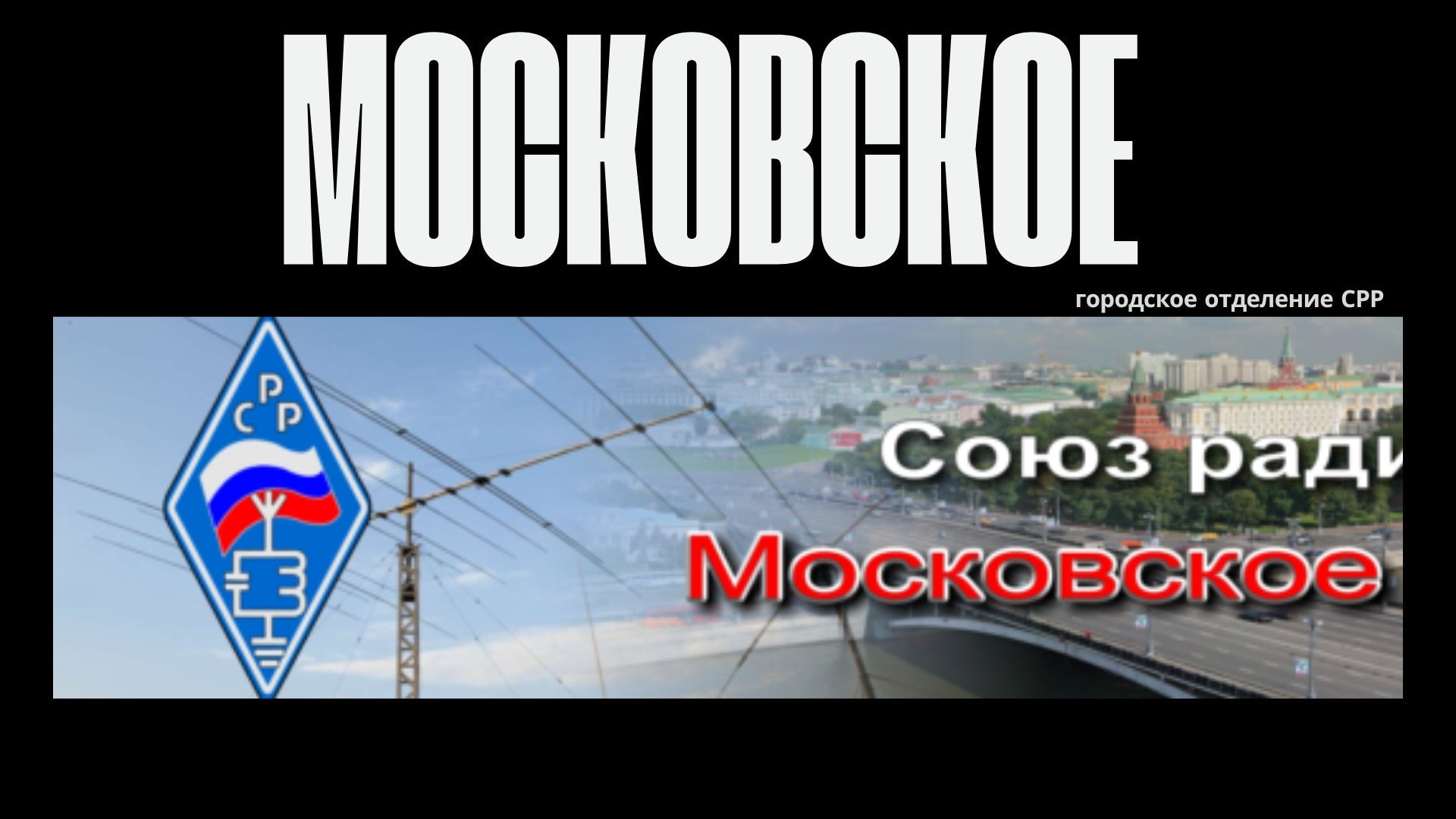
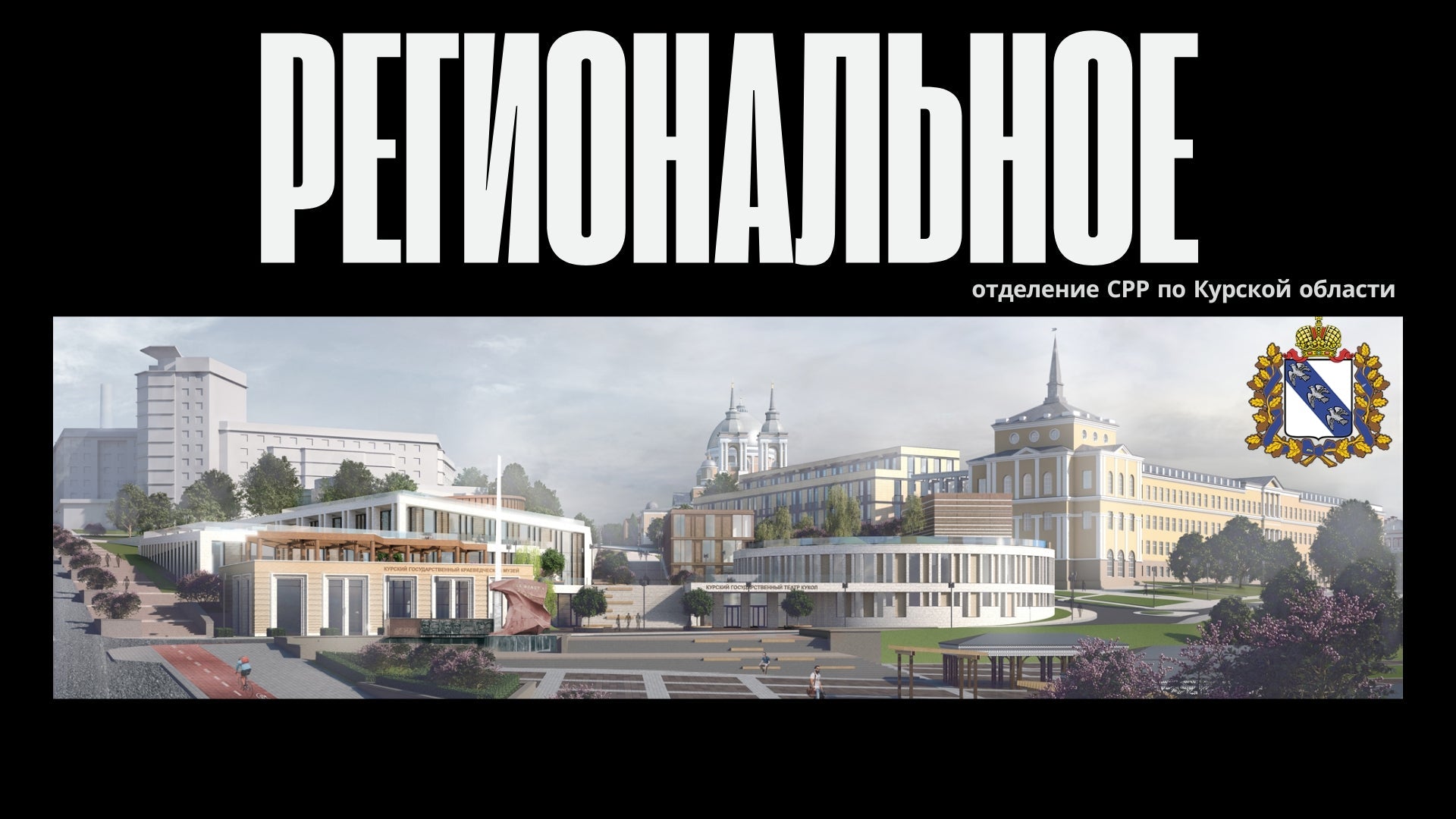
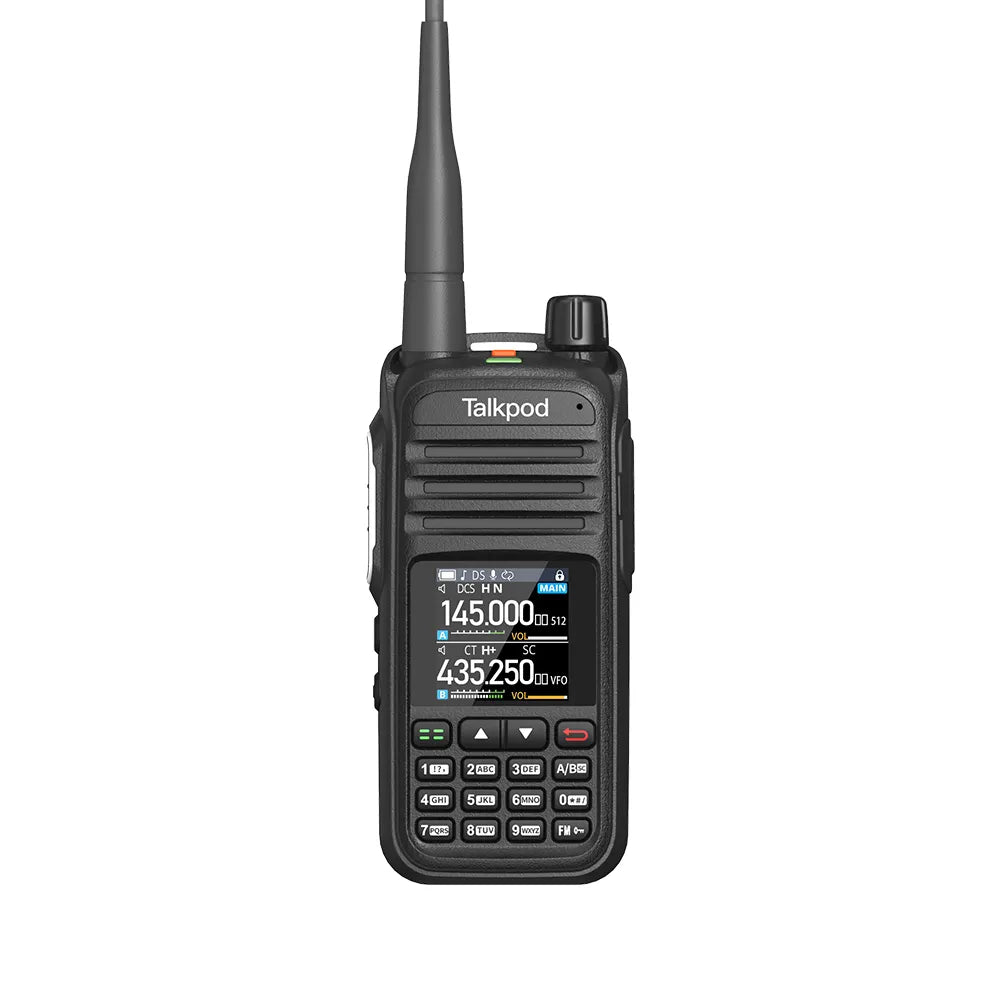
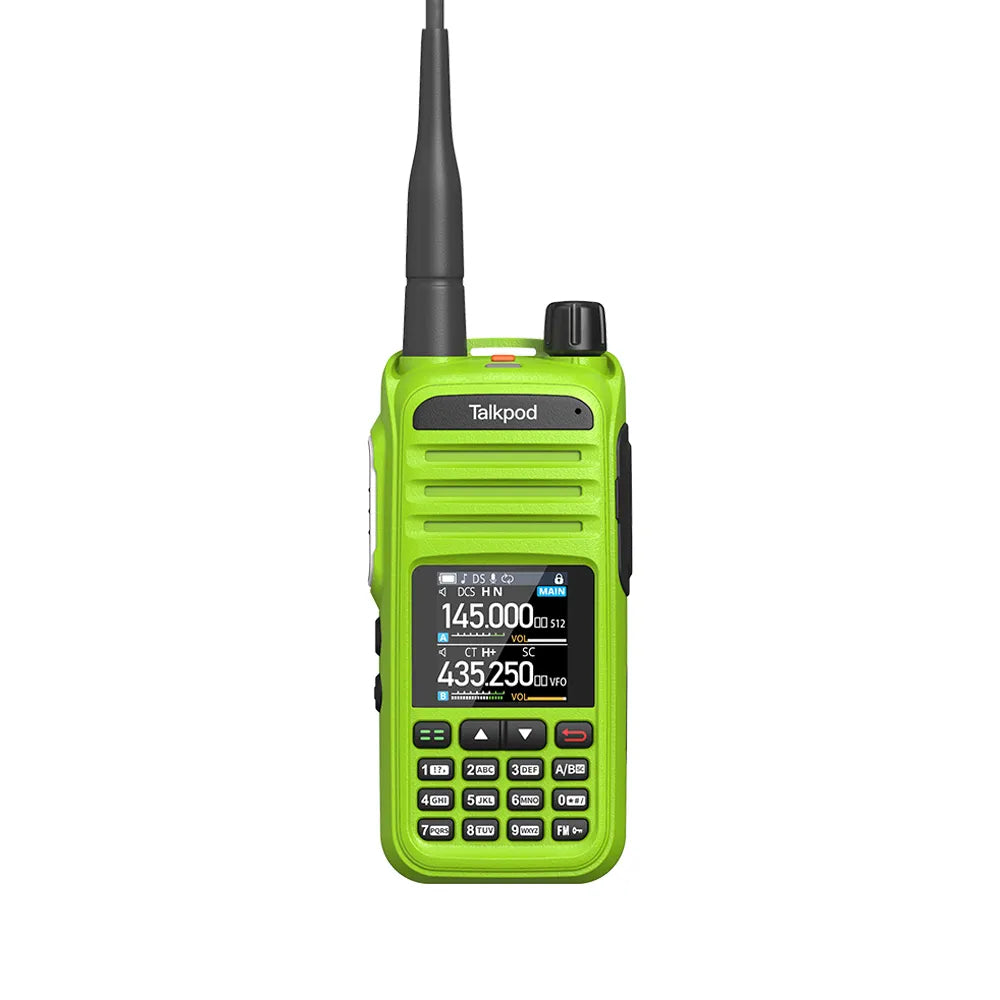


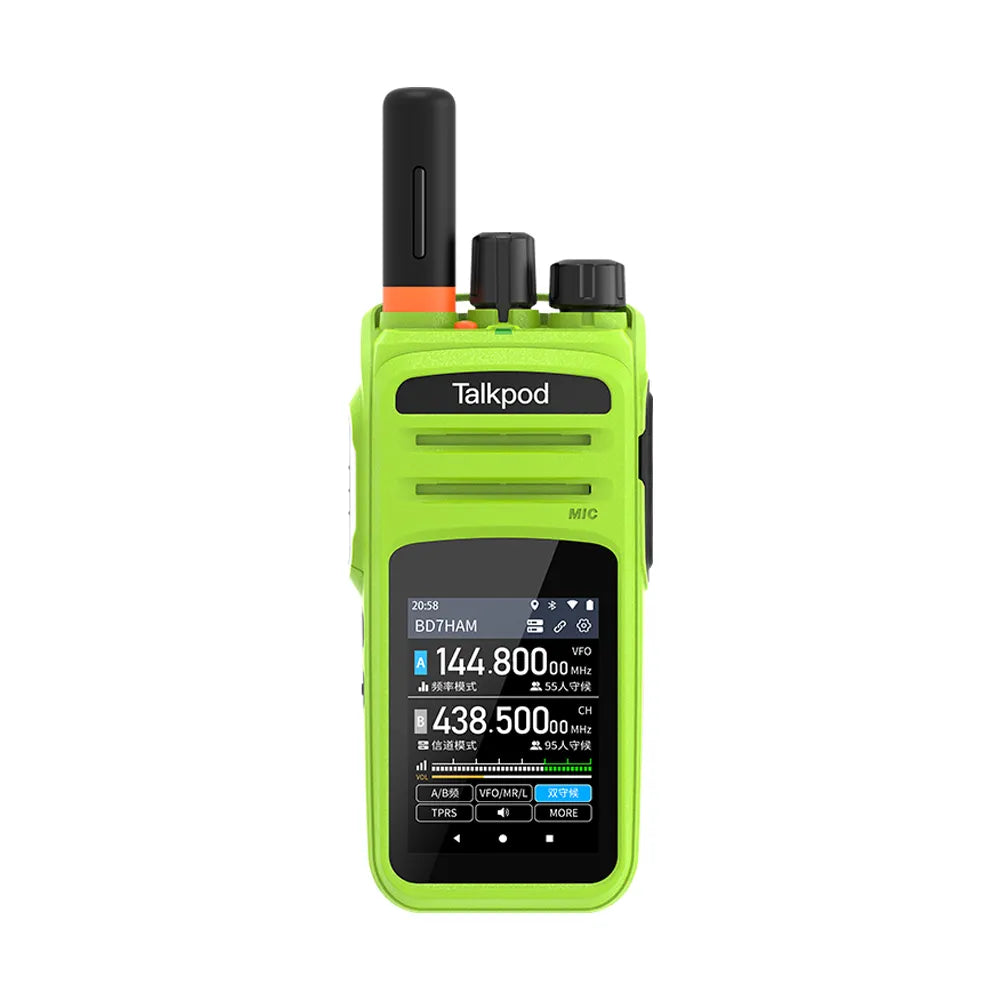
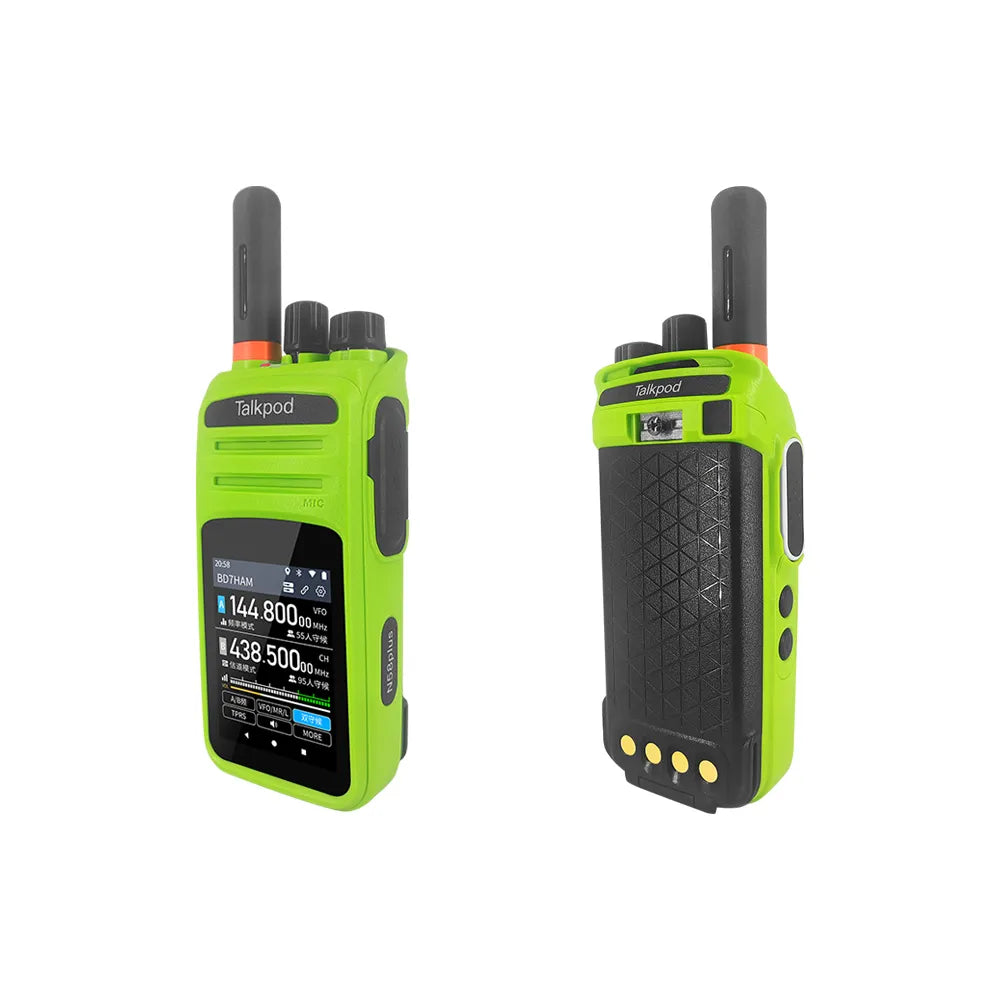
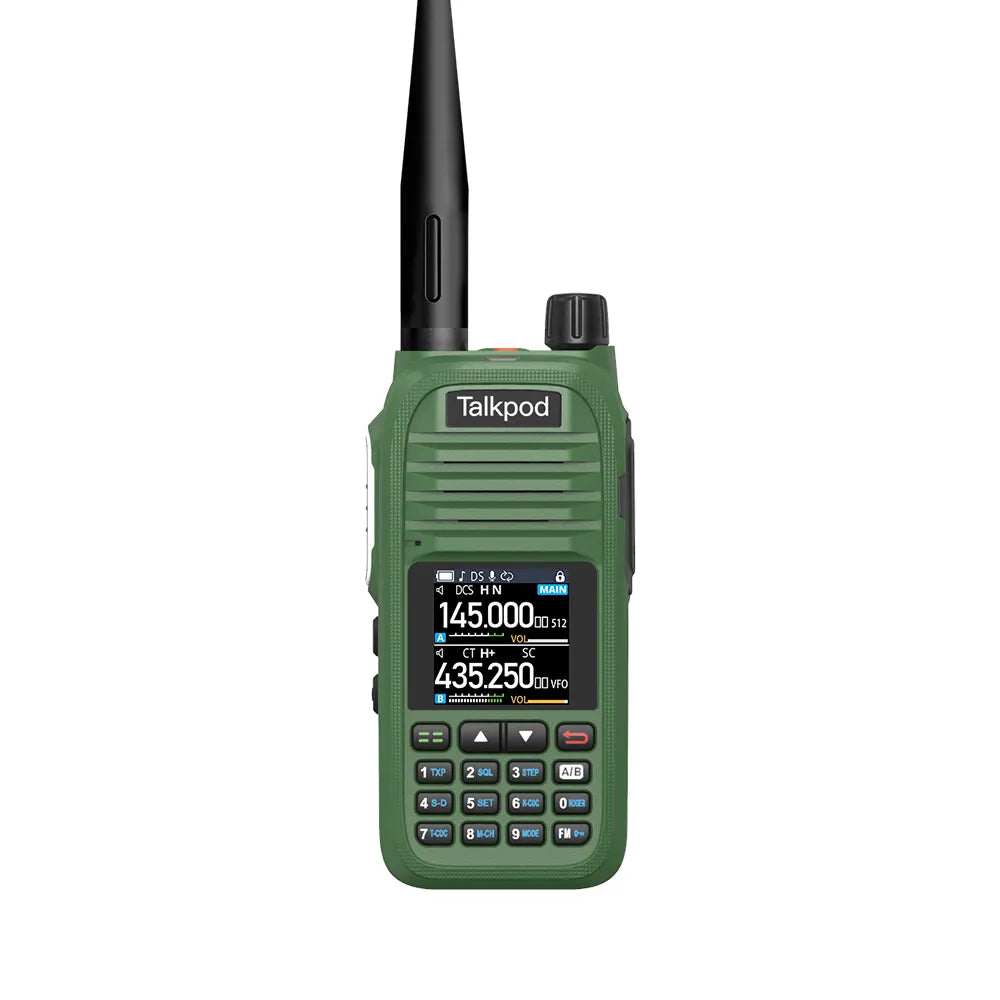
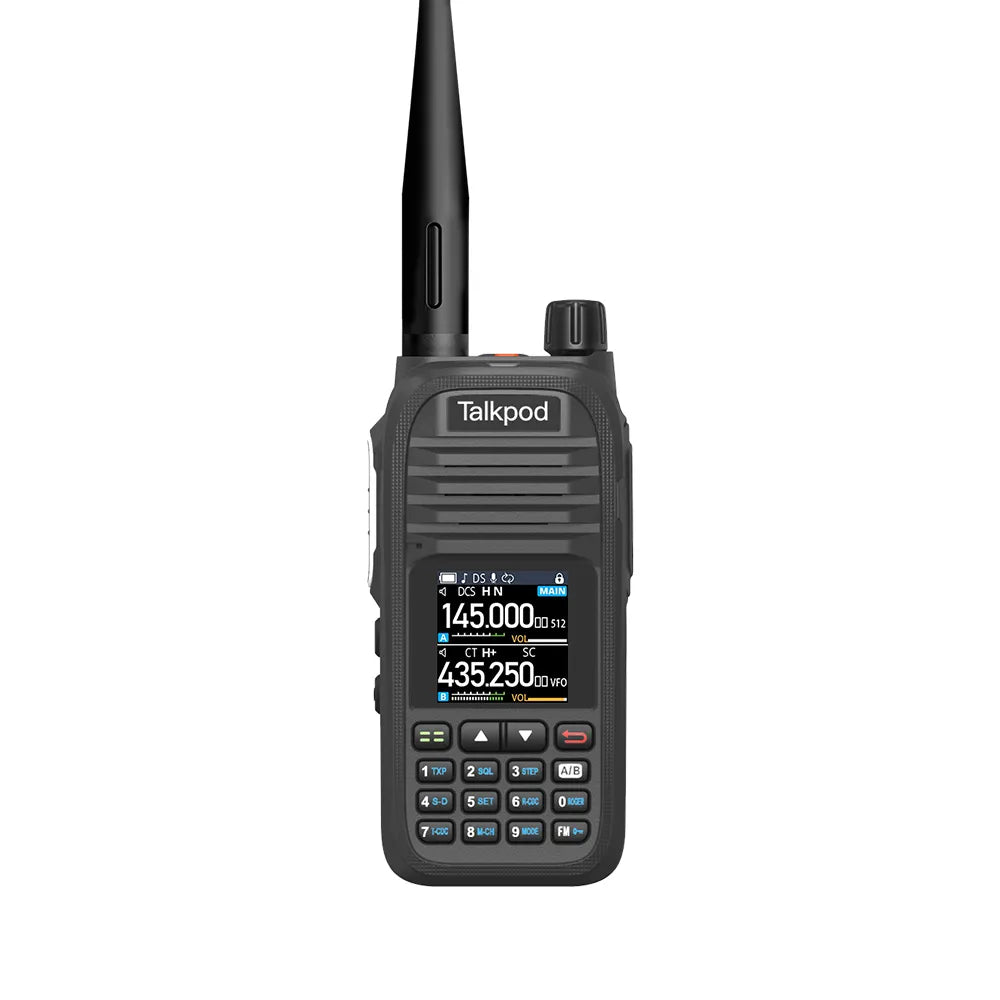
Leave a comment
All comments are moderated before being published.
This site is protected by hCaptcha and the hCaptcha Privacy Policy and Terms of Service apply.